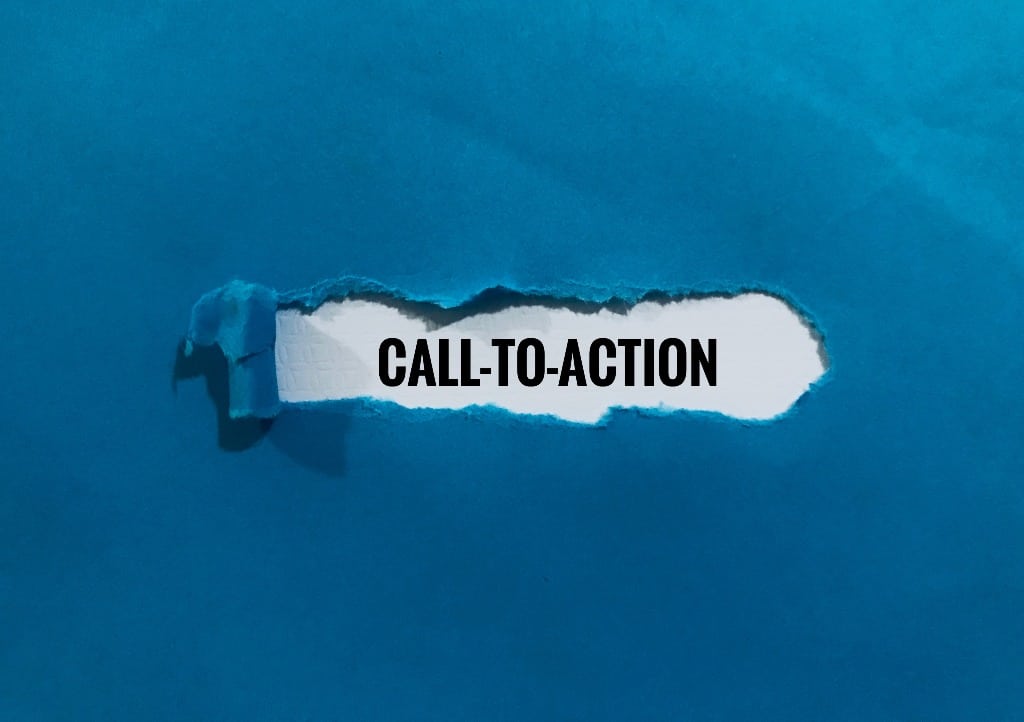90% brands use social networks to increase their visibility, according to the Content Marketing Institute.
Considering that social networks have been around for over a decade, it's no wonder that big brands are using them to market and communicate with their target audience.
Those are good news.
Unfortunately, many companies approach writing for social networks inadequately or neglect it.
For example, some companies will write a shortened version of their copywriting text for social networks or, even worse, the same text.
It resulted in a missed opportunity to connect and communicate with the desired audience in the right way.
Realistically, if you don't try to communicate with your audience and create trust relationship, why would they give you theirs?
Fortunately, behind successful social media copywriting is a strategy and plan that can increase the effectiveness of your marketing efforts.
Let's see what are the 6 most effective tricks for writing texts on social networks:
1. Adapt the content to the channel you are promoting it on
Whether it's LinkedIn, Twitter, Facebook, Instagram, or Snapchat, make sure your text and tone are tailored to that network and the audience that visits it.
Because no way they are not the same.
It is not only important how many words the text has, but also in what style it is written.
For example, LinkedIn is much more official than Twitter or Instagram.
Watch out for those subtleties and nuances.
Good Twitter copywriting looks like this:
• It has 71-100 characters (can be more but this is the most optimal)
• Adapt tweets for mobile phones as Twitter is used the most from them
• Use an intimate tone and conversational style (avoid a sales tone, people feel you are pushing them. It is better to be relaxed, sincere and informative text)
Good LinkedIn copywriting looks like this:
• About 25 words - can be up to 140 but people will have to click "sea" so you have to catch them first.
• Encourage engagement, be emotions and spark discussions – write and share content that will entice your readers to share their thoughts and, potentially, share your post with them.
• Be an innovative leader - publish content that people recognize as innovative and which follows new trends.

2. Be concise
People are busy and react quickly, but there is no need to shout at them.
Use photos to them "catch" and drag into the text.
Use strong and active verbs and don't drag out your introduction too much.
Don't do this:
Don't be too pushy and try to just sell, you won't achieve anything. Opposite effect.
What to do:
Be clear and precise.
Be bold and bold in your text.
Cover potential problems and pain points of the target audience.
People like you to understand them and to identify with the text.

3. Use "active voice"
Active voice attracts readers, entertains and engages them. Plus, it's a way to get results faster.
For example, my company is promoting a cyber security webinar on twitter: "companies on the internet are facing risks. If you think you are safe, you may be wrong. Maybe you should check out this weinar.''
NOT! This doesn't work. Why?
Because the boring and passive.
There is no sense of urgency to pay attention to fasting.
Let's see what a better option might look like:
"Worried about not being safe online? Not sure where to start? Save time and energy, gain self-confidence with the advice of our experts. Sign up for the webinar!”
This revised text features an active voice, covers pain points, and shares how to get to a solution.

4. Use hashtags sparingly
Hashtags are effective when used strategically.
Unfortunately, some organizations create posts with more hashtags than regular words.
Too many hashtags bury your message and reduces its effectiveness on social networks.
Hoarding hashtags that have nothing to do with your topic is obscuring your goal just to get people's attention.
How many hashtags are okay?
1-2 hashtags is acceptable.

5. Make your post visual
This is not advice for designers but for everyone.
A picture is worth a thousand words, it is effective full of meaning, attracts and keeps attention.
Whether it's a photo, illustration or gif, video, visual elements will make your post significantly closer to the audience.
What not to do:
• use the same images for all posts on social networks
• use an image that is not relevant to the text
• overdo it with emoticons
There are interesting programs for creating suitable photos, such as: Canva and Picmonkey

6. Not every social media post requires a call to action
Many feel that a call to action is imperative in every post.
No, not every post has to be one that contains a link and a call to action.
Social networks are more for communicating with the audience but for sale, although of course also sale. But in a different, more indirect way - through lifestyle.
What not to do:
• Put more than one link on a post
• Exaggerate in the promotion of your product or service
• Understand that every post must have a call to action

If you need help with website maintenance and social media management, contact us!
We know all the digital marketing strategies that your business needs to make every day progressed.
source: aventigroup









